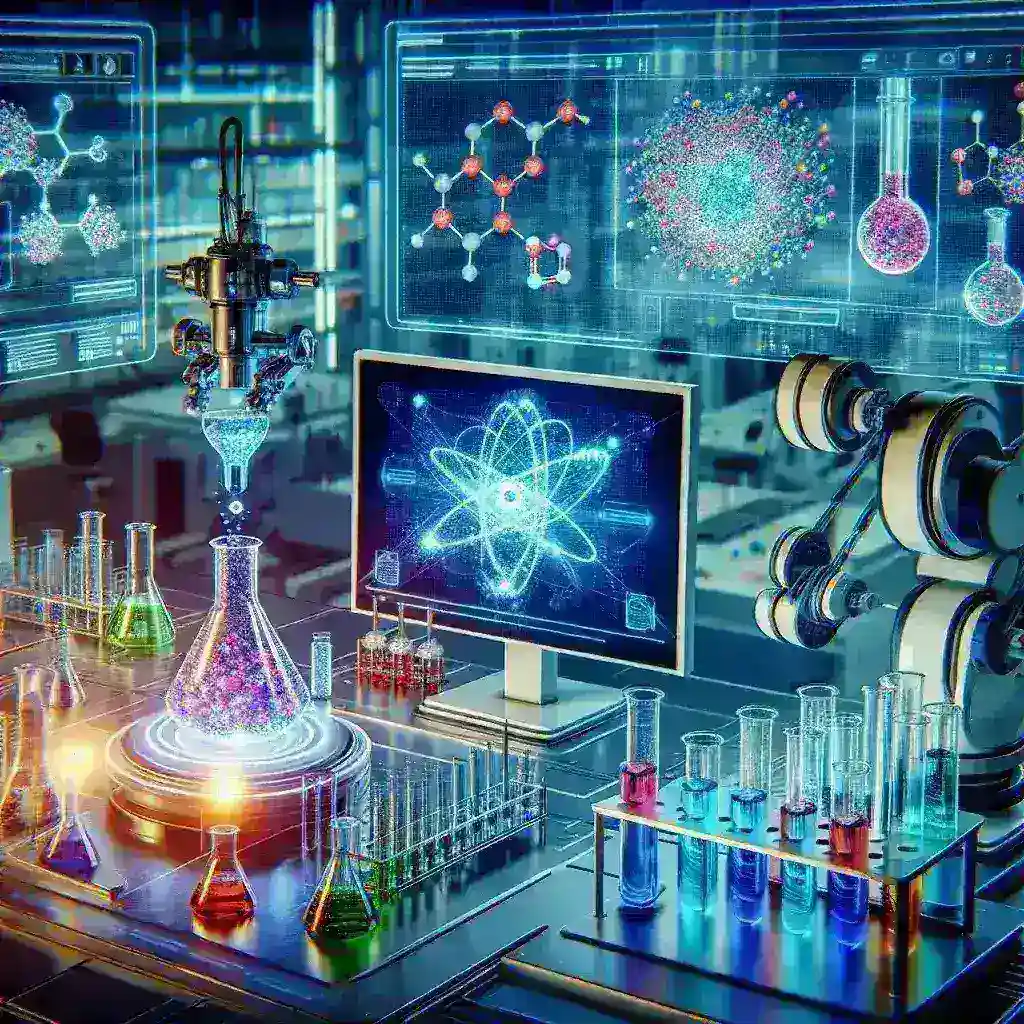AI Driven Drug Testing: Reducing Reliance on Animal Models in Labs
Introduction
The pharmaceutical industry is undergoing a significant transformation with the advent of artificial intelligence (AI) technologies. One of the most promising developments is the use of AI-driven drug testing methods, which are gradually reducing the reliance on animal models in laboratories. This shift is not only ethical but also holds the potential to increase the efficiency and effectiveness of drug development processes.
Historical Context
For decades, animal testing has been the cornerstone of drug development, providing scientists with insights into the efficacy and safety of new compounds. However, the practice has come under scrutiny due to ethical concerns and the limitations associated with translating results from animal models to humans. As a result, there has been a growing demand for alternative testing methods that can complement or replace traditional animal testing.
The Role of AI in Drug Testing
What is AI-Driven Drug Testing?
AI-driven drug testing utilizes advanced algorithms, machine learning, and data analytics to predict how different compounds will behave in the human body, significantly enhancing the drug discovery process. By analyzing vast datasets that include chemical properties, biological information, and clinical data, AI can identify potential drug candidates more efficiently than traditional methods.
Advantages of AI-Driven Approaches
- Enhanced Speed: AI algorithms can analyze data at a pace unachievable by humans, leading to faster identification of promising drug candidates.
- Cost Efficiency: Reducing reliance on animal testing lowers costs associated with breeding, housing, and caring for laboratory animals.
- Improved Predictive Accuracy: AI can integrate diverse datasets to predict human responses more accurately, reducing the likelihood of late-stage failure.
- Ethical Considerations: Minimizing animal testing aligns with growing ethical standards and regulations regarding animal welfare.
Case Studies and Real Examples
Several companies and research institutions are already utilizing AI-driven drug testing methods. For instance, a notable collaboration between a tech company and a pharmaceutical giant has led to the discovery of a new cancer drug. The AI platform analyzed historical clinical trial data and identified previously overlooked compounds with promising anti-cancer properties.
Challenges and Limitations
Data Quality and Availability
One of the primary challenges of AI-driven drug testing is ensuring the quality and comprehensiveness of the datasets used. Incomplete or biased data can lead to inaccurate predictions, which could derail research efforts.
Regulatory Landscape
The regulatory environment for AI in drug development is still evolving. Agencies like the FDA are beginning to develop guidelines for AI applications, but the pace of regulation may not keep up with technological advancements, potentially hindering innovation.
Future Predictions
The future of drug testing is undeniably tied to the advancement of AI technologies. As algorithms become more sophisticated and datasets grow in size and quality, we can expect a more significant reduction in animal testing. It is anticipated that by 2030, AI-driven methods could replace traditional animal models in many areas of drug discovery.
Conclusion
AI-driven drug testing represents a paradigm shift in the pharmaceutical industry, paving the way for more ethical, efficient, and effective drug development processes. While challenges remain, the potential benefits of integrating AI into drug testing are profound. As the technology continues to evolve, the reliance on animal models will likely diminish, leading to a new era in drug discovery that prioritizes both innovation and ethical responsibility.

